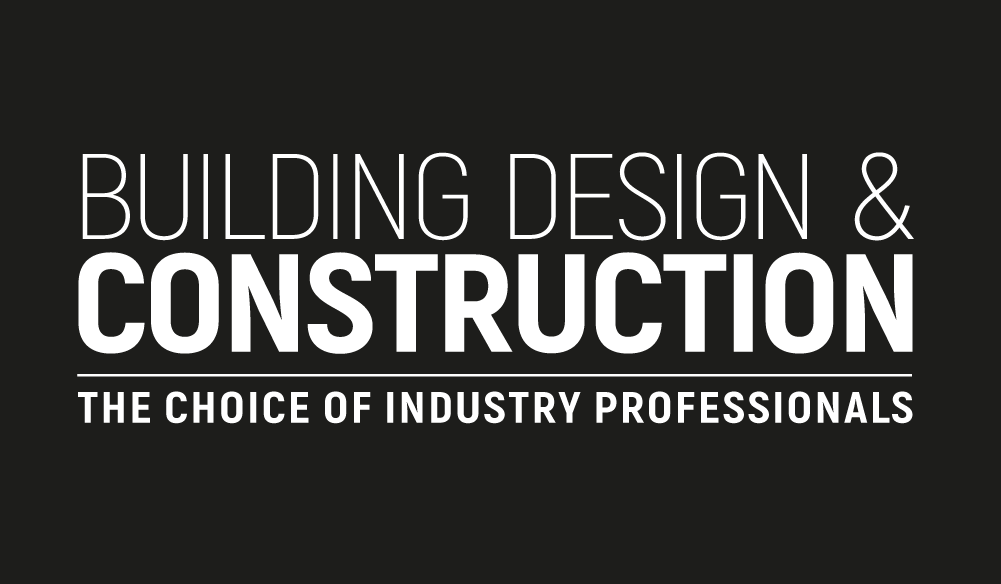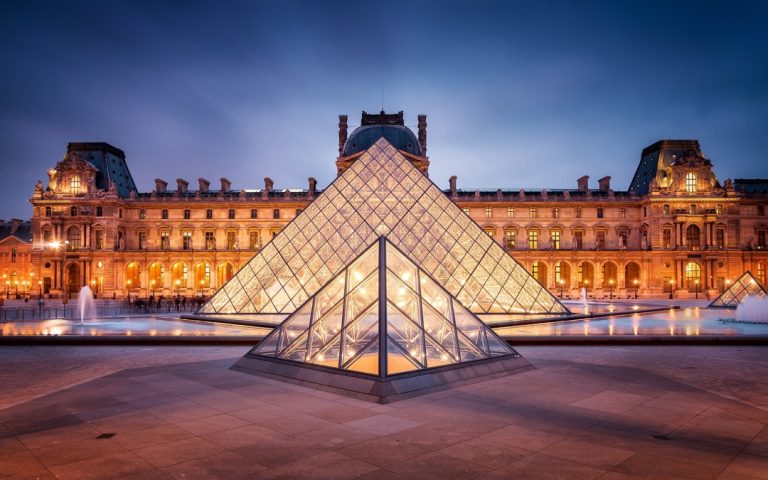Glass has been part of architectural design since clear glass was discovered by Alexandrian glass blowers around 100 AD. Since then, the building element has formed part of almost every new establishment—simply as windows or as an integral part of a structure’s architecture. The use of glass in building design has led to the construction of some incredibly unique and visually stunning buildings. Some are so extraordinarily beautiful they will catch your eye immediately when passing by. While researching for this article, we looked at structures worldwide, from the glass railing of the infinity pool at Marina Bay Sands Singapore (whose luxurious atmosphere and cashback bonuses serve gamblers from all over the globe) to the tallest skyscraper in Dubai clad in shimmering panels. If you’re a fan of stunning glass architecture, you’re going to love this one. Let’s get to it! Louvre Pyramid (Paris, France) The Louvre Museum, one of Paris’s most popular tourist destinations, is known for housing the Mona Lisa and for its distinctive glass pyramid, which sits just outside the antique-styled building. Stretching high above the ground, the pyramid is made entirely of a steel frame inset with triangles of glass, creating a striking yet beautiful structure. Built in 1989, the pyramid was designed by I. M. Pei and uses standard laminated glass to reflect the historic building it sits next to. Comprising 675 square metres of glass, the pyramid is a popular spot for tourists to take photos and remains a unique symbol of the museum. The Dancing House (Prague, Czech Republic) Designed by Vlado Milunić and Frank Gehry, the Dancing House is a unique building in Prague that houses a hotel, café, offices, and an art gallery. Built in 1996, it uses deconstructive architecture and has the lovable nickname Ginger and Fred. Built in two sections, the first is a traditional masonry construction that merges with the unique glass façade of twisted metal and glass panels. Designed to resemble a pair of dancers, the unique building is a sight to see—mainly due to its unique angles and shape. Gherkin (London, UK) Among the various buildings shaping the London skyline, few are as recognizable as the Gherkin. Built in 2004, the uniquely shaped building rises from the ground with a distinct curved shape that many have also compared to a bullet. Clad in double-glazed panels covered with high-performance coatings, the building uses almost 24,000 square metres of glass to sheath the steel skeleton. When lit up at night, it shines brightly on its surroundings and has become something of an icon in the city. National Grand Theatre of China (Beijing, China) Also known as the National Centre for the Performing Arts, the National Grand Theatre of China uses a mix of new-age materials to create a striking dome shape that sits neatly on the landscape of Beijing. Designed by Paul Andreu, the building is supposed to resemble a giant egg surrounded by an artificial lake. Merging with walls of smooth titanium—one of the preferred metals used in unique designs—the glass section of the building uses approximately 36,000 square metres of glass that is enhanced with a titanium coating. This adds to the unique glimmer the glass portion of the design reflects and makes it shine on the ripples of the lake. Burj Khalifa (Dubai, UAE) Built in 2010, the Burj Khalifa is not only the world’s largest building but also one of the largest buildings clad almost entirely in glass. It uses almost 142,000 square metres of reflective glass with a silvery coating that helps deflect the harsh desert heat from the inside of the building. Aside from the silver reflective coating, the insulated glass also has a low-E (or low emissivity) coating. This helps allow natural light through the glass and into the building while deflecting UV rays using thin layers of metallic oxide. The specialized glass has helped the building remain sustainable while utilizing glass to enhance its unique Y-shaped design. The Shard (London, UK) Like the Gherkin, The Shard is one of the most distinctive buildings in London. Built in 2012 and designed by Renzo Piano, the building rises to a sharp peak and uses a basic pyramidal form. This is accentuated with a façade of angled glass, making it a sight to see from any direction. Comprising almost 56,000 square metres of glass panelling, each panel is designed as a low-iron glass with solar control coatings. These give one of the tallest buildings in Europe a unique shimmer that reflects in the rising and setting sun. The Crystal (London, UK) Also constructed in 2012 in London, the Crystal is an event venue turned City Hall known for its unique façade, which gives the building a truly unique design and has many practical aspects. One of the most prominent is a rainwater harvesting system that uses the various angles of the building to divert water into storage tanks. More impressive than this is the black, diamond-shaped glass that makes up the façade of the building. Featuring integrated solar panels, the 10,000 square metres of photovoltaic glass generate power and shield the building with high-performance glazing. Apple Park (California, USA) Designed to resemble a circular spaceship, the Apple Headquarters in California is said to be one of the largest glass buildings in the world, although the exact figures on how much glass was used are unknown. Featuring a huge, sweeping curved glass façade, the building is stunning to see and portrays the brand’s innovative culture. The building, also known as Apple Campus 2, was completed in 2017 using curved, structural glass panels and houses more than 15,000 employees. The glass is seamlessly integrated with aluminium, giving the new-age building its distinctive appearance and long, curved views. Leeza SOHO (Beijing, China) The Leeza SOHO building in Beijing, completed in 2019, houses the world’s tallest atrium. Its unique design makes the building appear to spiral as it rises upwards. Designed by Zaha Hadid Architects, the gaping hole in the centre of the building is






